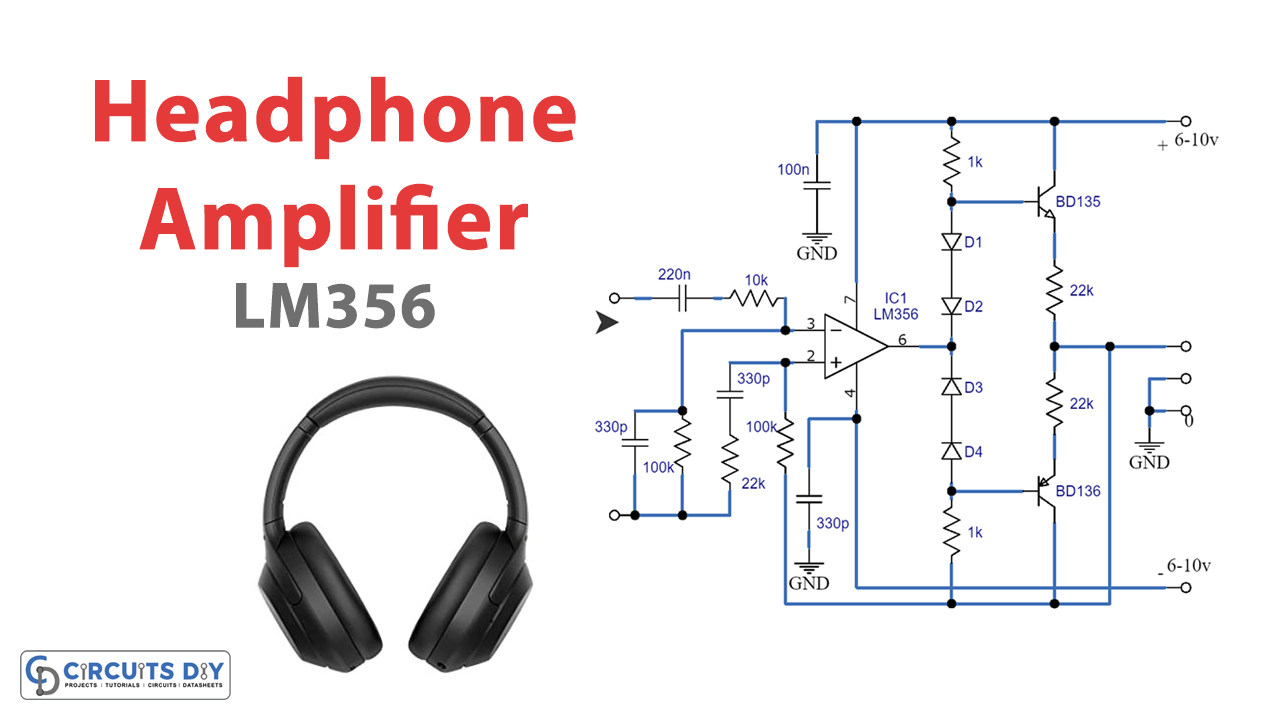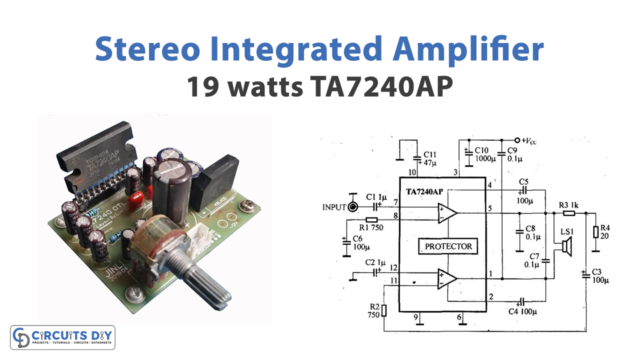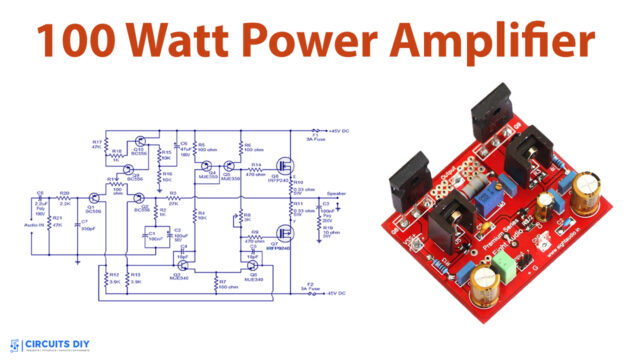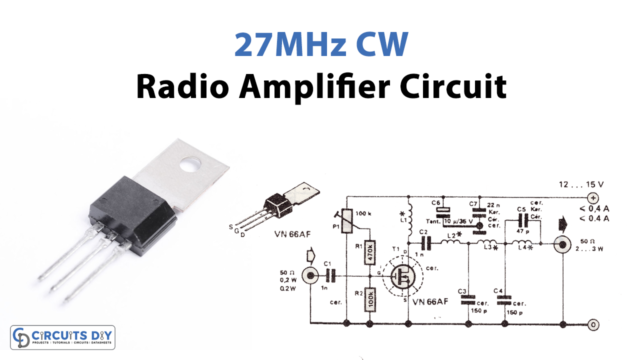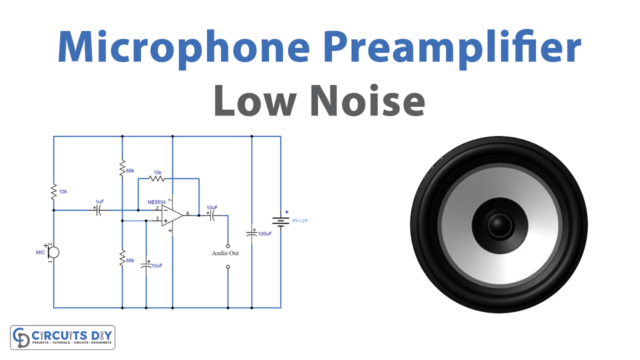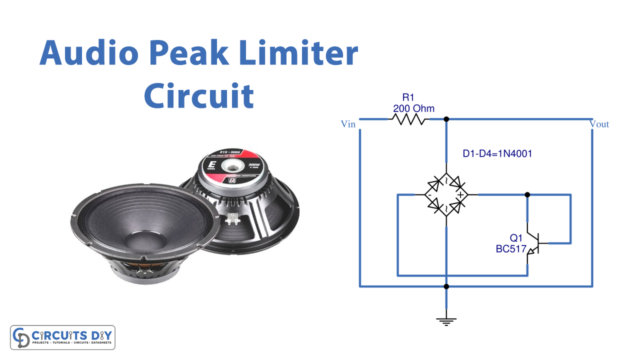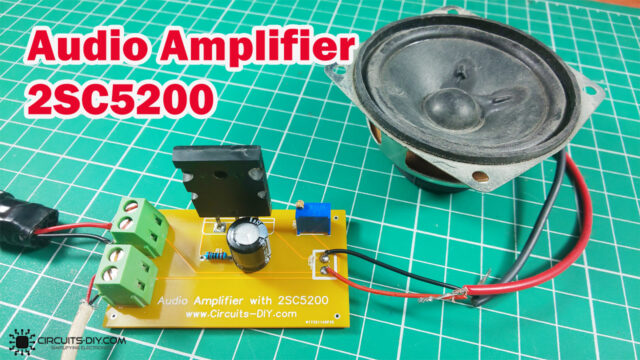Introduction
Listen up, audiophiles! Are you tired of the lackluster audio quality when using your headphones? A high-power headphone amplifier circuit could be just what you need to enhance your listening experience. Say goodbye to weak, tinny sounds and hello to rich, powerful audio that truly showcases your favorites music.
This blog will explore the ins and outs of a high-power headphone amplifier circuit, what it can offer, and how it can improve your headphone audio. So, keep reading to learn how a high-power headphone amplifier circuit is built and how it works.
Hardware Required
You will require the following hardware for High Power Headphone Amplifier Circuit.
| S.no | Components | Value | QTY |
|---|---|---|---|
| 1 | IC | LM356 | 1 |
| 2 | Capacitor | 350p, 1u, 100n, 220n, | 1, 1, 2, 1 |
| 3 | Resistor | 22, 1k, 10k, 100k, 22k, | 2, 2, 1, 2, 1 |
| 4 | Diode | 1N4148 | 4 |
| 5 | Transistor | BD135/139, BD136/140 | 1, 1 |
Circuit Diagram

Working Explanation
The high-power headphone amplifier circuit is designed to deliver a high-quality audio experience to the listener. The low-pass filter R1/C2 regulates the input signal’s slew rate, preventing delay distortion and providing smooth audio playback.
To minimize crossover distortion, the output transistors are designed to draw a quiescent current of 30 mA, which is set by the diodes D1-D4 and emitter resistors R7 and R8. This amplifier delivers low distortion with a gain of 15 dB, set by feedback resistors R3 and R4. And bandwidth of -3 dB from 10 Hz to 30 kHz, coming in at just 0.1%.
With the ability to provide a maximum of 1 watt of power into an 8-ohm load for a 500 mVrms input signal, this circuit can easily drive 4-ohm loudspeakers and high-impedance headphones.
Conclusion
The High Power Headphone Amplifier Circuit offers a premium audio experience with its low-pass filter and fast LF 356, which reduces delay distortion. We hope this blog has given you a comprehensive understanding of the High Power Headphone Amplifier Circuit. If you have any questions or feedback, please comment below.


